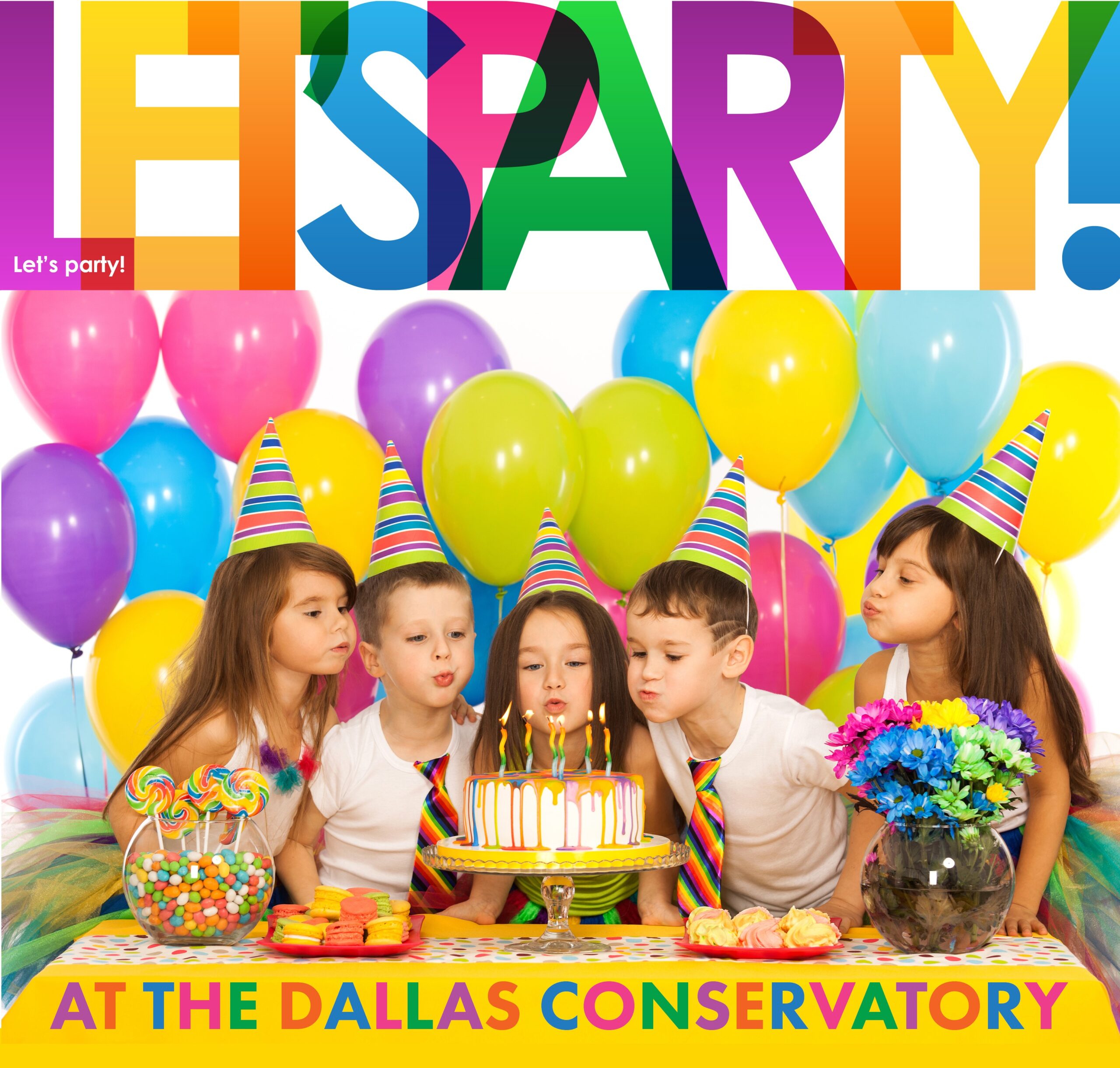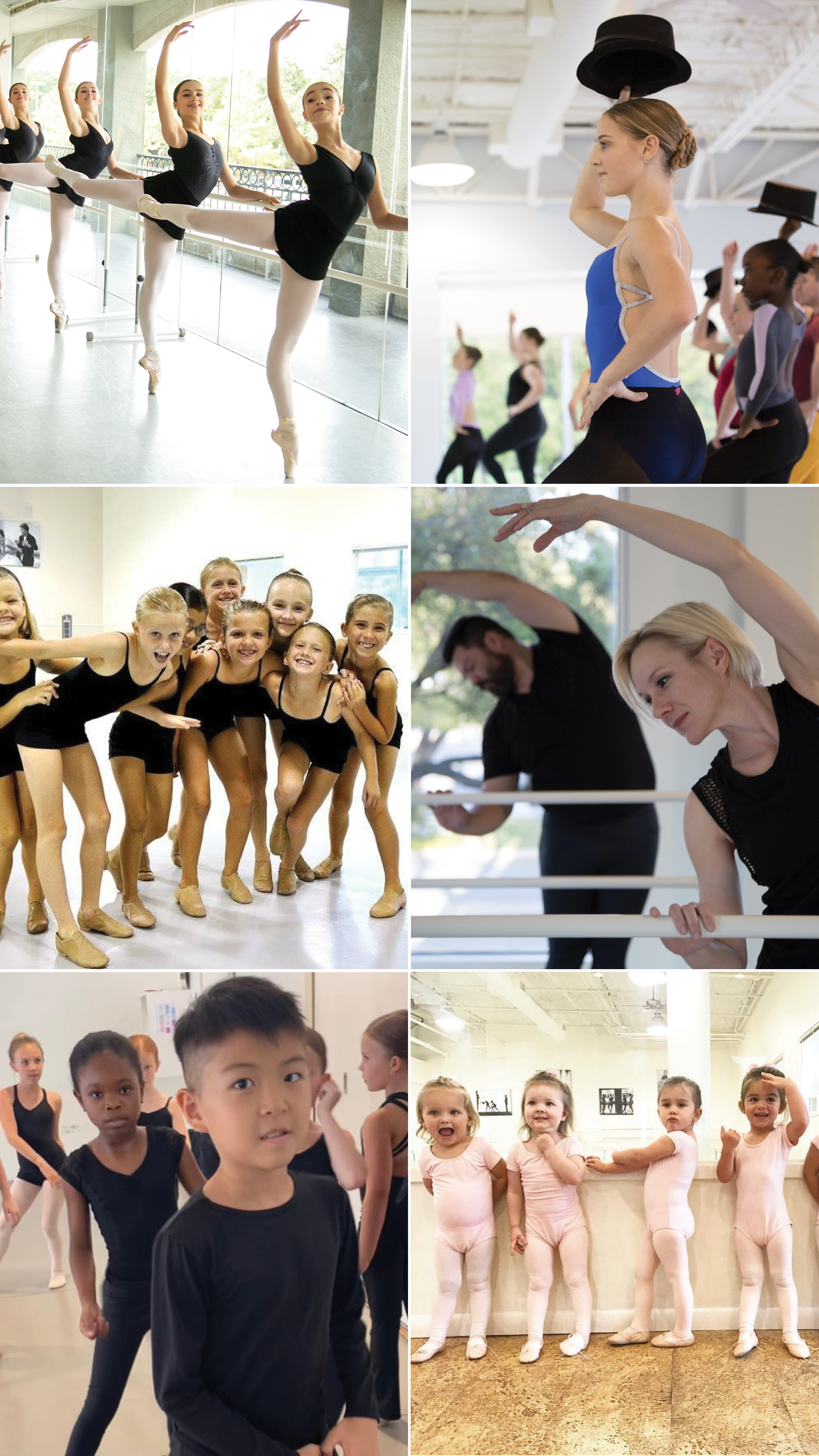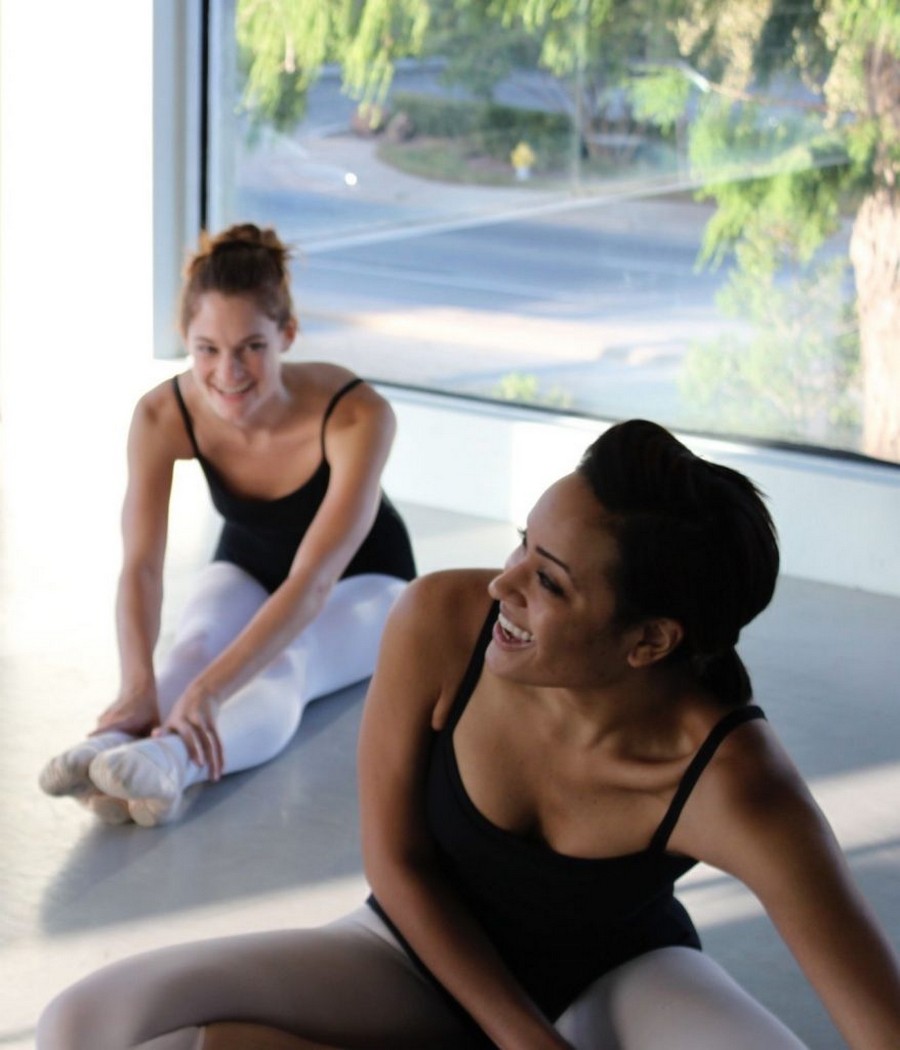The Dallas Conservatory
The Dallas Conservatory (TDC) is a private conservatory for “All Arts, All Ages!” with graduates accepted to Juilliard, USC, and working in the professional Arts world.
Founded in 2008, now with locations in Dallas, Frisco and Castle Hills, TDC offers world-class training and performance opportunities in Music (Frisco Campus), Theater, Dance, Film, Art, Writing, and Fitness for 18 months to Adult.
TDC’s world-renowned Pre-Professional Training Program attracts students and faculty from across the globe.
Whatever your age, level, or needs, with ongoing enrollment in 16 studios, we invite you to join us. Enroll today!
























